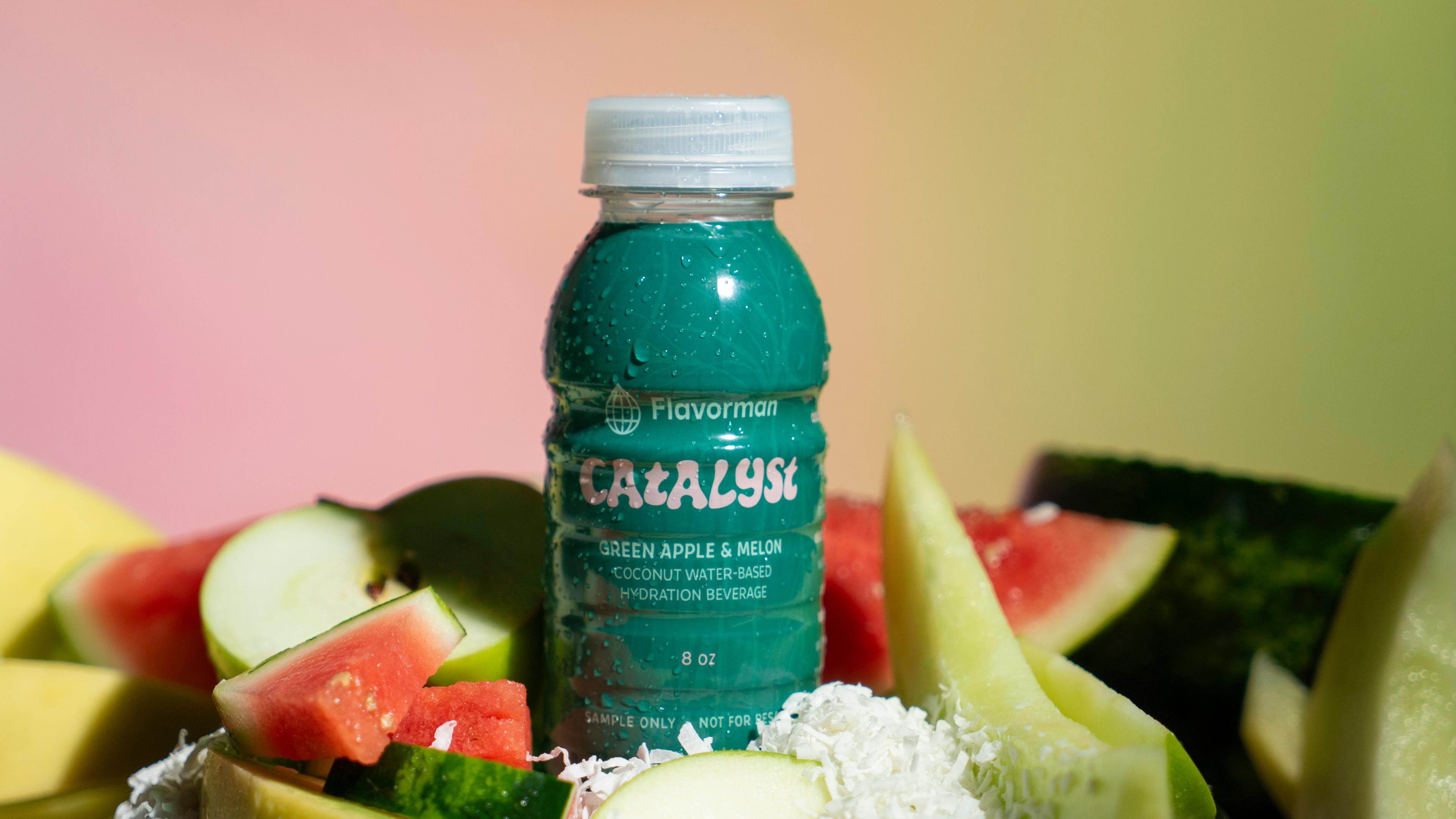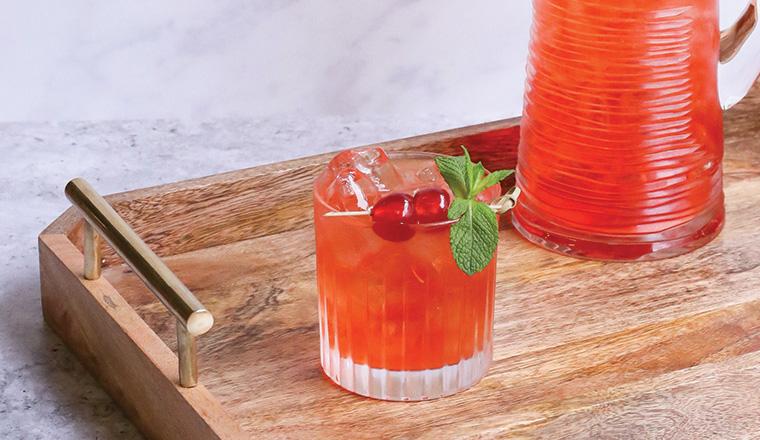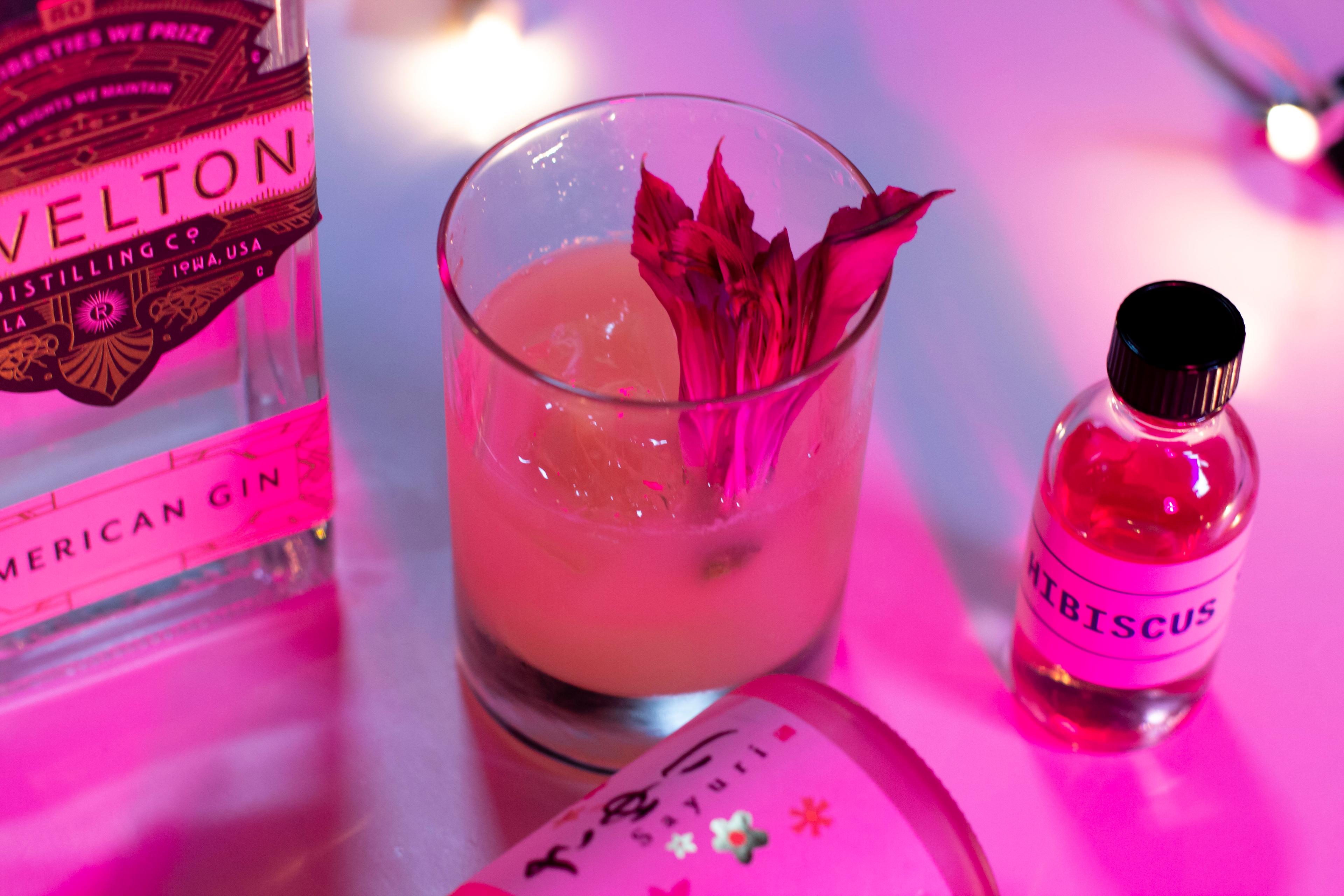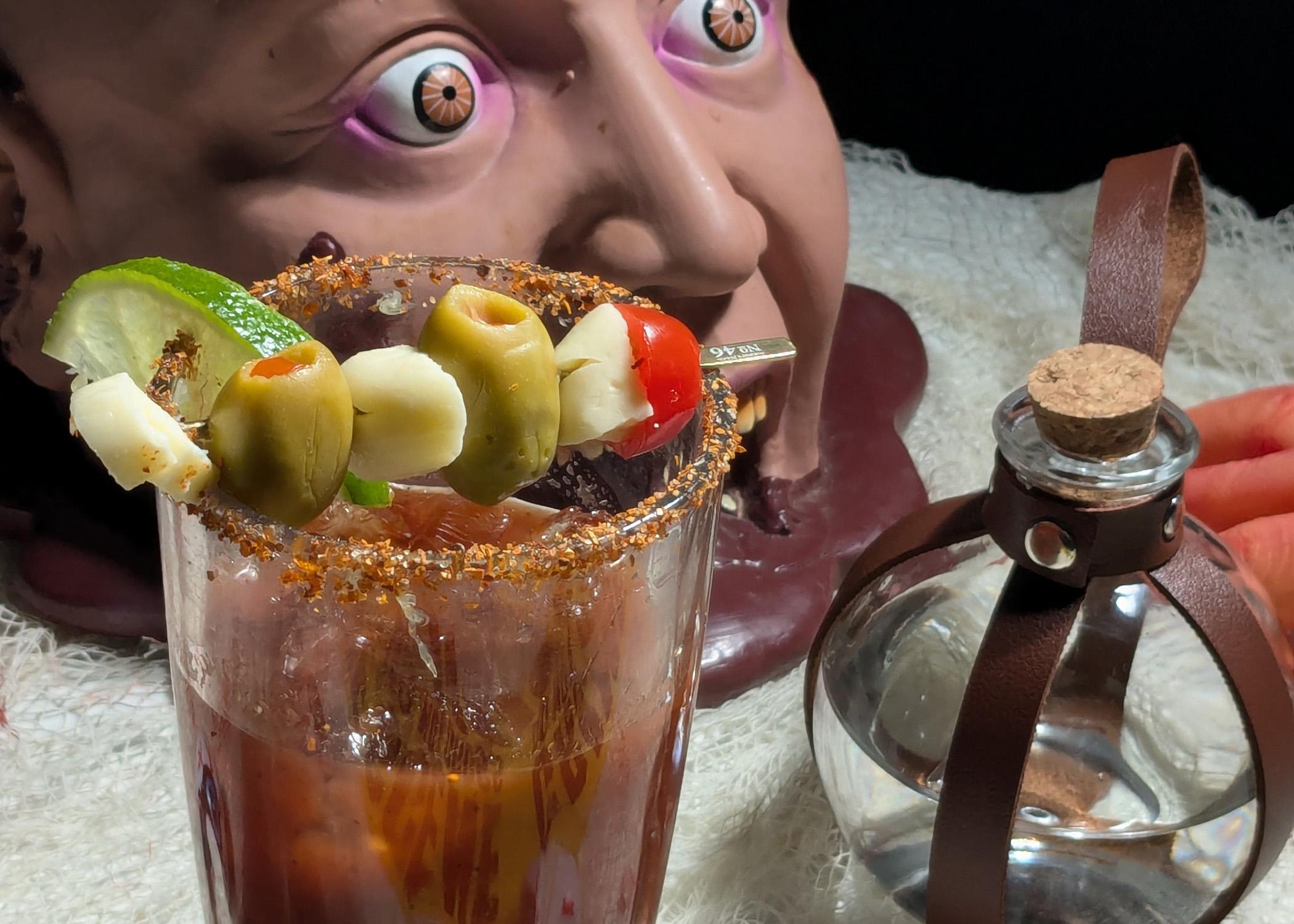For years, cherry flavor has been a favorite amongst consumers in the food and beverage industry. Amongst the array of fruit-flavored beverages, you can typically assume that every brand will have cherry as an option. As various trends have evolved throughout generations, this pitted fruit has remained at the top in popularity and sales. So, why are cherry flavors so popular? Is it the vibrant color or symbolism? Or are there chemical compounds specifically designed to make us want more?
What Makes Cherries So Sweet?
The flavor we often associate with cherry-flavored products on the market may not exactly taste like a cherry on a tree. As with most fruit-flavored candies or beverages, what you taste can be derived from the flavor chemistry of the named fruit, but often, the levels and types of these materials used can be accentuated. A flavor chemist can create a flavor profile of any given fruit based on analytical data that resembles the chemical makeup found in nature; this is true for every kind of fruit-flavored beverage — from bananas to blueberries, for example. Additionally, creative liberties can be taken for additional flavor notes to be added. For example, our customer may want some berry or vanilla notes, which may not be contained in the chemical makeup of the actual fruit but can accentuate or steer the direction of the flavor profile for the benefit of the finished product.
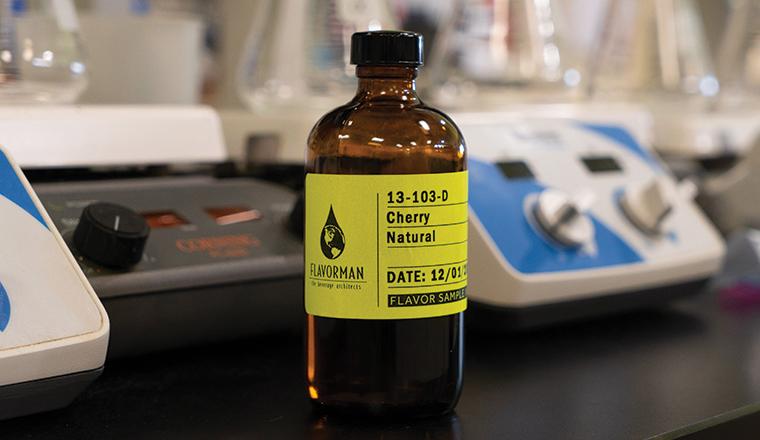
The dominant aroma chemical in cherries is benzaldehyde, which people often associate with cherry flavor. Benzaldehyde can also sometimes make the cherry flavor in beverages taste different from the actual fruit. Benzaldehyde is found in low levels in the aroma chemical makeup of cherry fruit; however, this material has become the benchmark of what a cherry flavor should be perceived as and is used in higher concentrations for more impact, which isn't always truly representative depending on the varietal of cherry you are making. Additionally, because of its tenacity, benzaldehyde is used in pharmaceutical products to mask off-notes, cough drops, and syrup, which causes people to associate it as medicinal.
Other materials are found in more significant amounts; however, benzaldehyde is powerful and has a dominant character, making it the primary compound people identify as the traditional cherry taste.
Other compounds which make up the cherry flavors are:
- Eugenol, which tastes like clove.
- Linalool has a floral and woody flavor.
- Hexanal (cis 3-hexenal/trans-2-hexenal) which has a grassy taste.
- Phenylacetaldehyde makes a honey-like sweet flavor.
The Verdict
So why is cherry flavor so popular? Its ruby color derives thoughts of treasure and good fortune as used in paintings and religious stories, and its symbolism alludes to sexuality in a way that makes the fruit even more appealing — a connotation marketers have used to sell cherry-flavored products for years. While cherries have other desirable aspects, the most compelling verdict is that the compounds found in the cherry and the additional ingredients designed by flavor architects create an irresistible taste. Ultimately, the cherries' endurance is due to their flavor. Whether it be to quench your thirst, satisfy your sweet tooth, or mask the bitter taste of liquid medicine, the cherry reigns supreme.
Are you looking for a top-notch flavorist? Our state-of-the-art Flavor Laboratory can help fulfill your business needs and Change What the World is Drinking. Get started by filling out this webform or calling us at (502) 273-5214.
